For perfect oven-cooked turkey sausage, bake at 350°F for 25 minutes or until internal temperature reaches 165°F. This simple method works for most standard-sized sausages (1-inch diameter). For frozen sausages, add 12-15 minutes to cooking time.
If you've ever wondered "How long do I cook turkey sausage in the oven?"—you're not alone. This guide delivers exactly what home cooks need: straightforward cooking times, foolproof temperature guidelines, and practical tips for juicy results every time. No complicated science—just clear instructions that work with your regular kitchen tools.
Table of Contents
- Simple Oven Cooking Method (25 Minutes)
- Turkey Sausage Cooking Times Chart
- Step-by-Step Cooking Instructions
- How to Tell When Done Without a Thermometer
- Cooking Frozen Turkey Sausage
- Safe Storage Guidelines
- Frequently Asked Questions
Simple Oven Cooking Method
Follow these 3 steps for perfectly cooked turkey sausage every time:
- Preheat oven to 350°F (175°C)
- Place sausages on a baking sheet (no need to thaw if frozen)
- Bake for 25 minutes or until internal temperature reaches 165°F
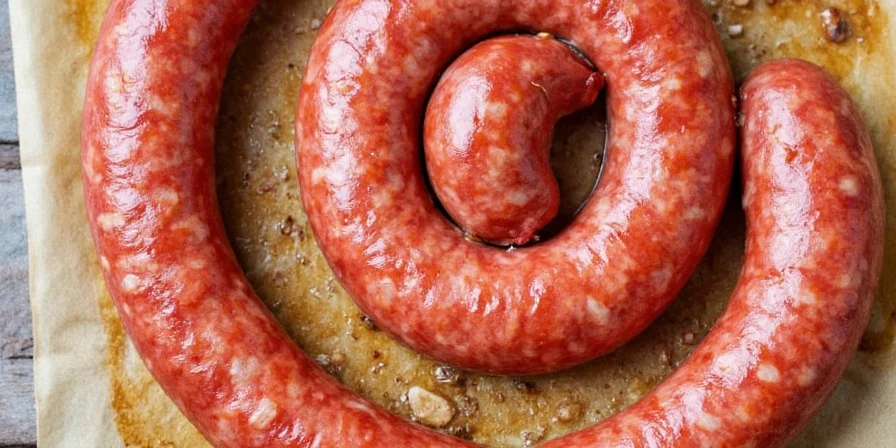
Turkey Sausage Cooking Times Chart
Adjust times based on your oven temperature:
| Oven Temperature | Standard Cooking Time | For Frozen Sausages |
|---|---|---|
| 350°F (175°C) | 25 minutes | 37-40 minutes |
| 375°F (190°C) | 20 minutes | 32-35 minutes |
| 400°F (205°C) | 15 minutes | 27-30 minutes |
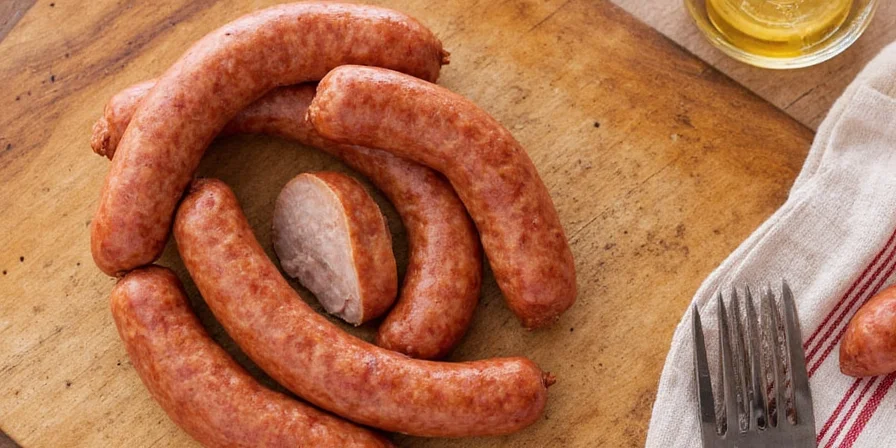
Step-by-Step Cooking Instructions
- Preheat your oven to 350°F (175°C) for at least 10 minutes
- Arrange sausages on a baking sheet lined with parchment paper (no oil needed)
- Cook without flipping - turkey sausage cooks evenly without turning
- Check temperature at 22 minutes using an instant-read thermometer
- Rest for 5 minutes after removing from oven - carryover cooking will reach 165°F
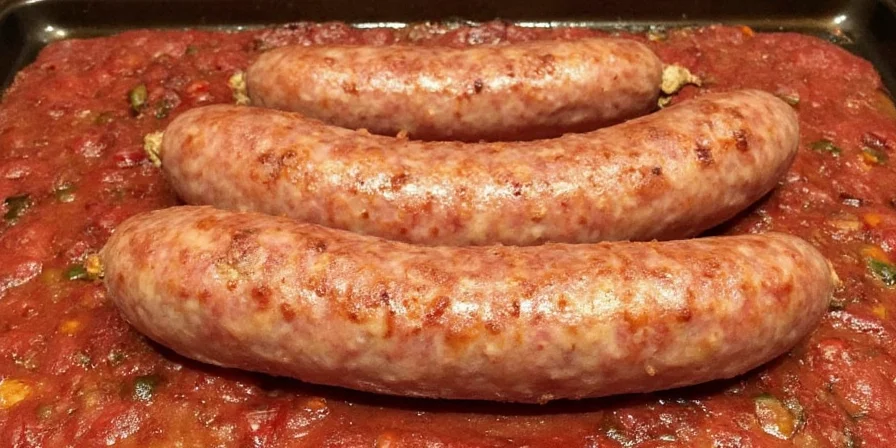
How to Tell When Done Without a Thermometer
If you don't have a thermometer, look for these visual cues:
- Golden brown color across entire surface
- Casings slightly pulling away from the meat (about 1-2mm separation)
- Firm to the touch but still slightly springy (not hard)
- No pink color visible when cutting into the center
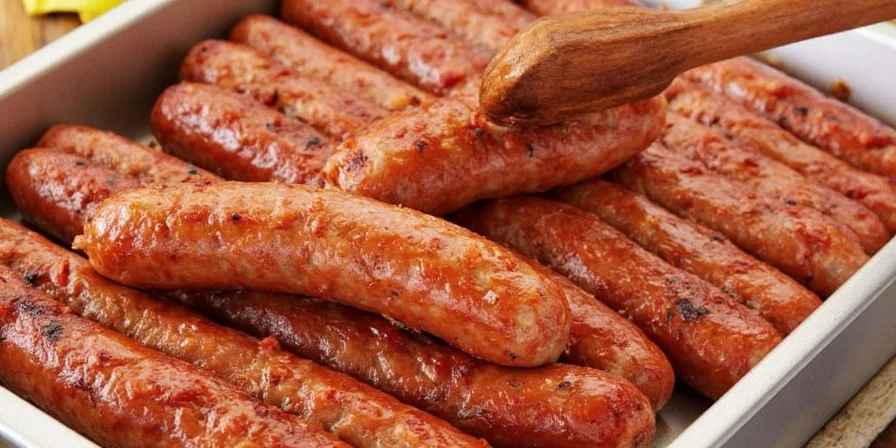
Cooking Frozen Turkey Sausage
You can cook frozen turkey sausage directly in the oven:
- Add 12-15 minutes to standard cooking times
- Place frozen sausages on a preheated baking sheet
- Check internal temperature at 30 minutes
- No need to thaw beforehand - saves time and maintains texture
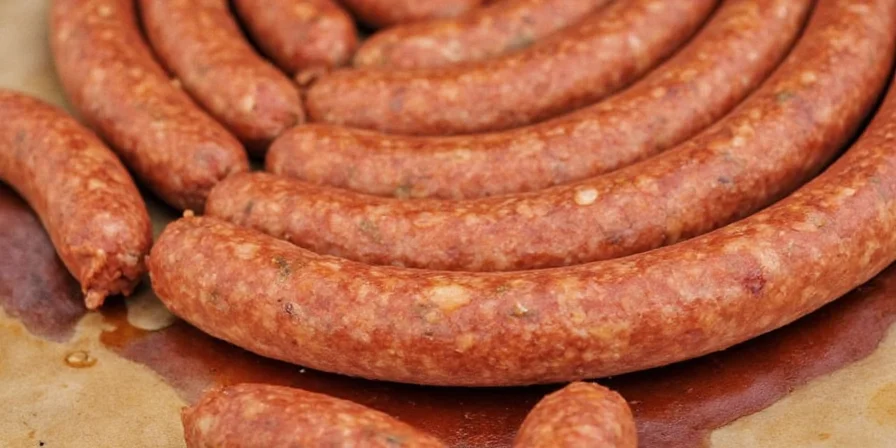
Safe Storage Guidelines
Proper storage keeps your cooked turkey sausage safe and flavorful:
- Cool quickly by spreading on a wire rack before refrigerating
- Refrigerate within 2 hours of cooking
- Store for up to 3 days in airtight container
- Reheat thoroughly to 165°F before eating
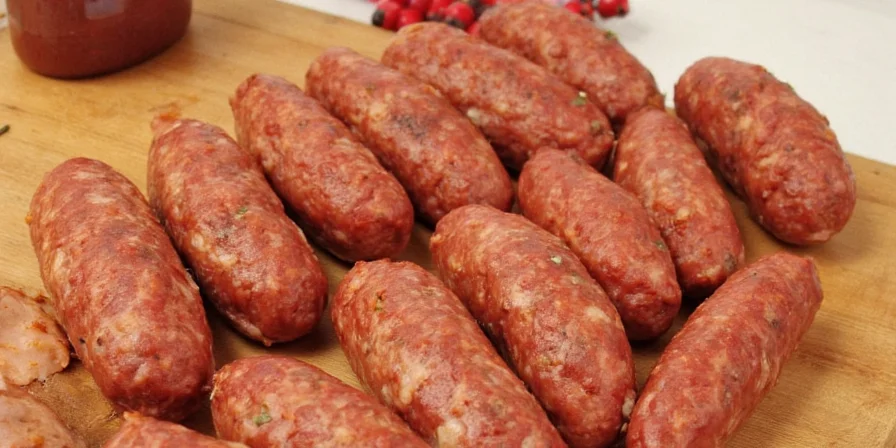
Frequently Asked Questions
How long to cook turkey sausage at 350 degrees?
At 350°F, turkey sausage needs 25 minutes in the oven. Check at 22 minutes with a thermometer to ensure it reaches 165°F internally. For best results, let it rest 5 minutes after cooking.
Can you overcook turkey sausage?
Yes, overcooking makes turkey sausage dry and rubbery. This happens when internal temperature exceeds 165°F. Use a thermometer to prevent overcooking, and remove sausages at 160°F since carryover cooking will raise the temperature during resting.
Do I need to boil turkey sausage before baking?
No pre-boiling needed. Baking turkey sausage directly in the oven produces better flavor and texture. Boiling first can make the casing rubbery and wash away seasonings.
Should I prick holes in turkey sausage before cooking?
No, pricking causes moisture loss. Modern turkey sausages have casings designed to withstand cooking without bursting. Pricking leads to dry, less flavorful results.
Final Tips for Perfect Results
For consistently delicious turkey sausage: use an oven thermometer to verify temperature accuracy, don't overcrowd the baking sheet, and always check the thickest part with your thermometer. Remember that cooking times may vary slightly based on your oven and sausage size, so the thermometer remains your most reliable tool. With these simple methods, you'll achieve perfectly cooked turkey sausage with juicy texture and full flavor every time.

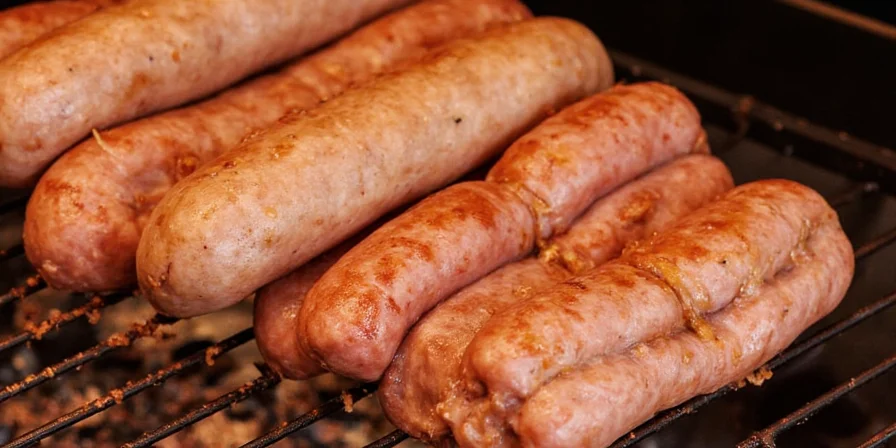









 浙公网安备
33010002000092号
浙公网安备
33010002000092号 浙B2-20120091-4
浙B2-20120091-4